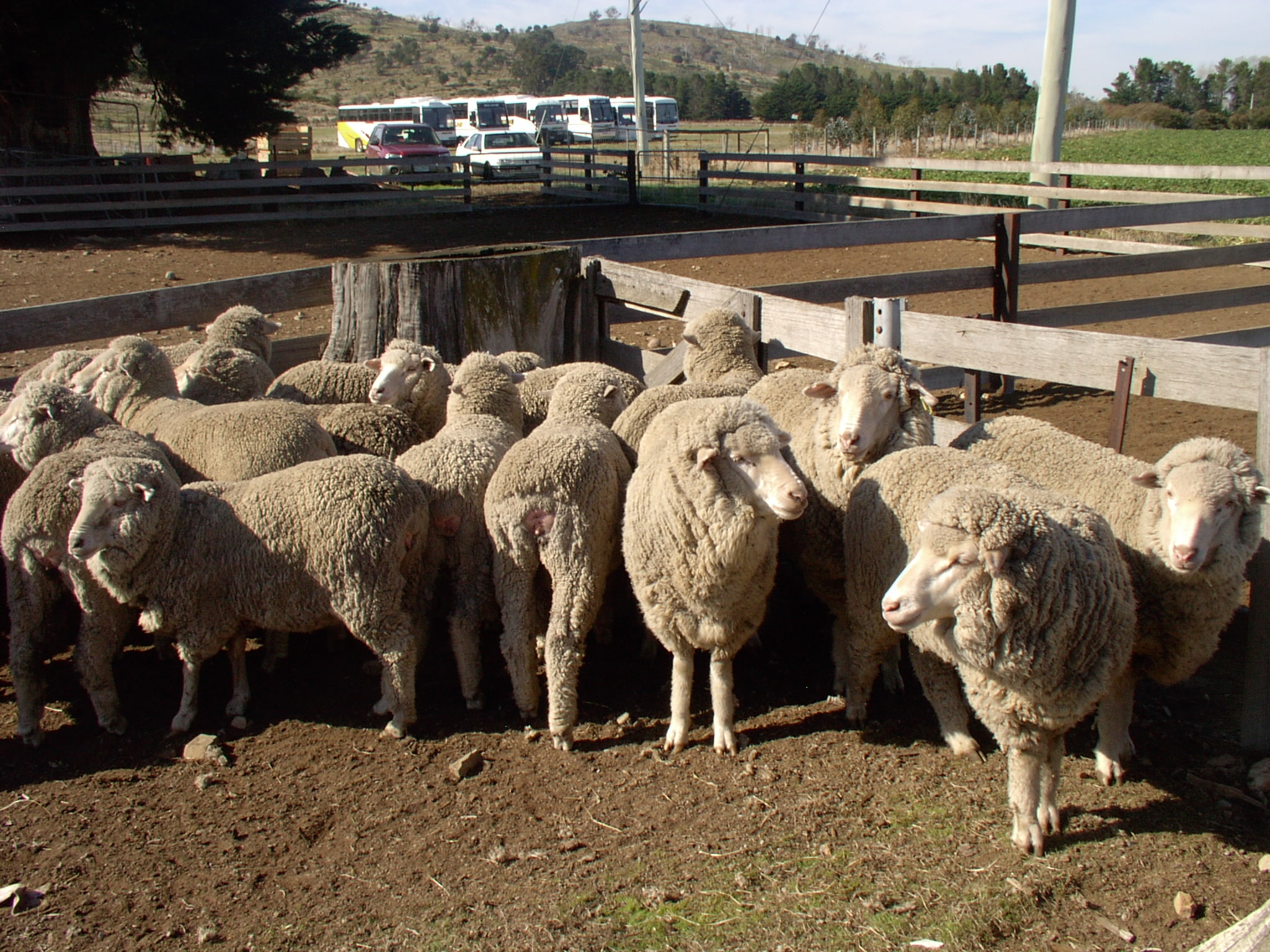AWI analyses fluctuating wool prices
AWI’s monthly Woolgrowers E-News looks at price variations in Australian wool. It notes: Keeping up with the twists and turns of wool market is hard enough without throwing the annual budget and political angst into the mix.
But that is what May dished out, reinforcing the impact of macroeconomic forces to Australian businesses and markets.
And in turn, the month of May has found the wool market with its back against the wall as prices fell.
The Eastern Market Indicator (EMI) closed at its lowest level for 2023 at 1214 cents per kilogram clean, week ending May 26.
But delving deeper into the market, clear trends have arisen. Variations in vegetable matter (VM), staple strength, and hauteur length (CVH) is making buying difficult. Autumn is generally when wool tests begin to show higher levels of VM, and these types are not fairing so well.
Premiums have been offered for types with levels of VM less than 1pc. This year has also seen the Micron Price Guides (MPGs) become more aligned in terms of their trend. Finer wool has not seen the same price differential that has characterised those types since the pandemic.
This price gap continued to marginally close in April due to a softening in demand for finer types of wool. And it seems lack of buyer support has caused Merino cardings to continue to fall to the lowest price since January 2021.
Yet, through the dark clouds there are some rays of sunshine. According to AWI’s trade consultant Scott Carmody, as we push towards the end of the season, although on the surface there appears to be a lack of assurance for woolgrowers, there is an underpinning “quiet confidence”.
“The presence of a consistent demand is a promising longer-term signal,” Mr Carmody said.
“As quantities on offer start to fall away, buyer focus is now on upcoming rostered quantities and executing any outstanding contracts to be in a position to be able to trade through the period of less wool being available.
“The purchasing activity from leading trading exporters continues to be dominant in sale rooms. These actions give confidence in the ability of the wools on offer to be able to be moved up the supply chain. “There is a sense at the moment that more users are happy to put orders into the market in the fear of missing out, but just don’t want to spook the market.”
At the end of April, the Australian Wool Forecasting Committee (AWFC) updated its forecast of shorn wool production for the 2022/23 season. According to the forecast, shorn wool production is set to hit
328Mkg greasy, a lift of 1.3 per cent on the 2021/22 figures. This is due to most key wool producing regions experiencing an advantageous summer season, a satisfactory autumn and are heading into the winter months with a sufficient supply of feed. NSW and QLD will see the greatest year-on-year growth, stemming from being the two states most detrimentally impacted by the last drought.
AWPFC chairman, Stephen Hill said the average cut per head is expected to increase to 4.59kg greasy. “This is up 2.2pc and is a result of historically high levels in most states and reflects the current run of good seasons, “Mr Hill said. “Shorn sheep numbers are expected to be 71.5 million
head (down 0.1pc), due to reduced sheepmeat prices and a forecast El Nino into spring.”
NSW continues to have the largest sheep flock with an expected 25.9 million sheep shorn resulting in a shorn wool production of 119.0 Mkg greasy. Victoria is expected to shear 16.1 million sheep and produce 70.0 Mkg greasy.
Source: AWI


